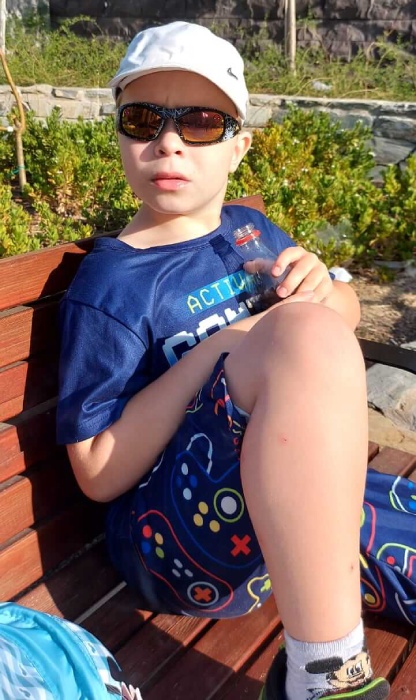Ergotherapy for children with autism is effective in the development of social activities and self-care skills
Children with autism spectrum disorder often have problems interacting with other people. The activities, interests, and play skills of such children are often limited. Ergotherapy for autism can help develop these skills both at home and at school.
The purpose of this method is to improve or maintain existing skills and instill new ones to help a child feel confident in their ability to do things on their own and participate in events without the help of an adult. Classes are held using various exercise equipment for the body and for the development of fine motor skills.
The main goals of ergotherapy are:
- Self-care skills
- Game
- Communication
- Fine motor skills
- Socialisation
What is ergotherapy for autism?
The term contains definitions from the Latin language — occupation, work — so it is easy to guess that the method means treatment through certain activities. Ergotherapy is a separate area of classical medicine and deals with restoring the activity of a patient’s limbs after injuries and nervous disorders through game tasks, training machines, and sensory exercises. This method is also used in the treatment of permanent conditions such as autism.
Impact of ergotherapy for ASD
Ergotherapy consists of various strategies and sets of exercises that help a doctor choose the most appropriate treatment protocol for an autistic child, taking into account their sensory, emotional, social, and physical abilities, as well as their personal needs. The effect can be achieved through the activation of nerve endings that transmit impulses to the brain, stimulating its cognitive functions.
Basic ergotherapy strategies for children with autism:
- Carrying out activities and modelling situations in which a child will learn to respond appropriately using their senses
- Offering a set of exercises to improve the body’s motor abilities
- Facilitating the process of communication and play activities through the energetic involvement of a child in joint interaction with other children. It develops emotional, intellectual, and physical skills.
- Easement of individual transition to new activities or areas — various courses for adults and educational creative classes for children
- Adaptive exercises to develop everyday skills: the ability to tie shoelaces, use a keyboard, heat food, make a bed, etc.
Use ergotherapy at home and effective correction of childhood autism with stem cells at the Mardaleishvili Medical Centre. It is difficult to imagine how to obtain a pronounced therapeutic effect without this procedure.
The effective treatment of childhood autism with stem cells is a new approach in medicine that uses an innovative method of biological correction of pathology. A distinctive feature of this approach is the restoration of the brain’s correct structure. Other methods of conservative therapy have not had such a profound effect on the cellular structure. Correction of symptoms is considered a method of rehabilitation, but cell therapy is a real treatment for the disease that eliminates its symptoms as a result.
An integrated approach to the treatment of childhood autism spectrum disorder is the key to a successful and healthy future. Sign up for a stem cell transplant procedure right now!
Autism Treatment Center Videos
Autism treatment with own stem cells
Cord blood association congress
International Quality Crown
Autism Treatment Reviews
Autism treatment with own stem cells
The story of Alessandro (6 years old)
Autism Patient Testimonial - Stem Cell Treatment
Clients Testimonials

Anna – Sasha’s mother Read More

Amirkhon’s father — Tokhir Read More

Dilana’s mother Read More

Irina and Stefan – Ilya’s parents Read More

Kristina – mother of Nelly and Nik Read More












